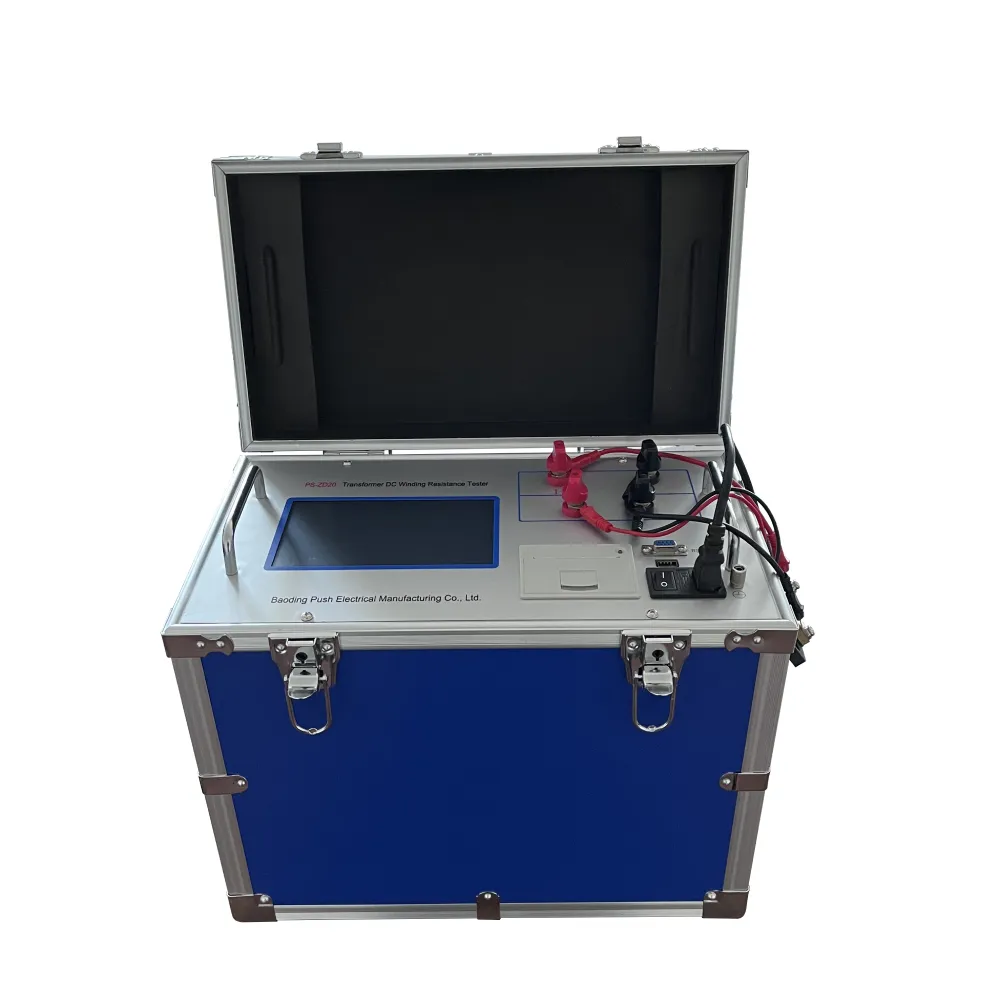TEL:
+86-0312-3189593
 English
English

Telephone:0312-3189593

Email:sales@oil-tester.com

-
 Afrikaans
Afrikaans -
 Albanian
Albanian -
 Amharic
Amharic -
 Arabic
Arabic -
 Armenian
Armenian -
 Azerbaijani
Azerbaijani -
 Basque
Basque -
 Belarusian
Belarusian -
 Bengali
Bengali -
 Bosnian
Bosnian -
 Bulgarian
Bulgarian -
 Catalan
Catalan -
 Cebuano
Cebuano -
 China
China -
 China (Taiwan)
China (Taiwan) -
 Corsican
Corsican -
 Croatian
Croatian -
 Czech
Czech -
 Danish
Danish -
 Dutch
Dutch -
 English
English -
 Esperanto
Esperanto -
 Estonian
Estonian -
 Finnish
Finnish -
 French
French -
 Frisian
Frisian -
 Galician
Galician -
 Georgian
Georgian -
 German
German -
 Greek
Greek -
 Gujarati
Gujarati -
 Haitian Creole
Haitian Creole -
 hausa
hausa -
 hawaiian
hawaiian -
 Hebrew
Hebrew -
 Hindi
Hindi -
 Miao
Miao -
 Hungarian
Hungarian -
 Icelandic
Icelandic -
 igbo
igbo -
 Indonesian
Indonesian -
 irish
irish -
 Italian
Italian -
 Japanese
Japanese -
 Javanese
Javanese -
 Kannada
Kannada -
 kazakh
kazakh -
 Khmer
Khmer -
 Rwandese
Rwandese -
 Korean
Korean -
 Kurdish
Kurdish -
 Kyrgyz
Kyrgyz -
 Lao
Lao -
 Latin
Latin -
 Latvian
Latvian -
 Lithuanian
Lithuanian -
 Luxembourgish
Luxembourgish -
 Macedonian
Macedonian -
 Malgashi
Malgashi -
 Malay
Malay -
 Malayalam
Malayalam -
 Maltese
Maltese -
 Maori
Maori -
 Marathi
Marathi -
 Mongolian
Mongolian -
 Myanmar
Myanmar -
 Nepali
Nepali -
 Norwegian
Norwegian -
 Norwegian
Norwegian -
 Occitan
Occitan -
 Pashto
Pashto -
 Persian
Persian -
 Polish
Polish -
 Portuguese
Portuguese -
 Punjabi
Punjabi -
 Romanian
Romanian -
 Russian
Russian -
 Samoan
Samoan -
 Scottish Gaelic
Scottish Gaelic -
 Serbian
Serbian -
 Sesotho
Sesotho -
 Shona
Shona -
 Sindhi
Sindhi -
 Sinhala
Sinhala -
 Slovak
Slovak -
 Slovenian
Slovenian -
 Somali
Somali -
 Spanish
Spanish -
 Sundanese
Sundanese -
 Swahili
Swahili -
 Swedish
Swedish -
 Tagalog
Tagalog -
 Tajik
Tajik -
 Tamil
Tamil -
 Tatar
Tatar -
 Telugu
Telugu -
 Thai
Thai -
 Turkish
Turkish -
 Turkmen
Turkmen -
 Ukrainian
Ukrainian -
 Urdu
Urdu -
 Uighur
Uighur -
 Uzbek
Uzbek -
 Vietnamese
Vietnamese -
 Welsh
Welsh -
 Bantu
Bantu -
 Yiddish
Yiddish -
 Yoruba
Yoruba -
 Zulu
Zulu
фев. . 15, 2025 22:28
Back to list
bdv transformer oil
In the realm of transformer installations, particularly in industrial and commercial settings, ensuring a seamless process is paramount. Yet, amidst the various checks and balances, certain tests often slip through the cracks. This oversight can lead to suboptimal performance and even potential hazards. Interestingly, while attention to detail is emphasized, there are particular tests during the installation phase of transformers that are commonly overlooked.
From a professional standpoint, it’s essential to address why these tests are sidelined. Expertise in the field suggests that time constraints, budget limitations, and a lack of local availability of specialized equipment often play significant roles. Transformers are complex, high-ticket items, and the upfront cost pressures can lead stakeholders to minimize perceived 'unnecessary' expenditures. Addressing these gaps involves fostering an authoritative approach to transformer installations. It necessitates educating stakeholders on the long-term cost benefits of comprehensive testing. For instance, while major failures are rare, they can incur massive downtime and repair costs. By investing in these overlooked tests, organizations can ensure higher reliability and efficiency, ultimately contributing to cost savings and reputational integrity. Trust in the process is built through rigorous adherence to complete testing protocols. Creating documentation that highlights the necessity and benefits of each omitted test can aid in building transparent procedures. Engineers and project managers should advocate for an all-encompassing testing regime as part of the standard installation procedure. In conclusion, while it might be tempting to skip certain tests during transformer installations to save time or resources, the potential risks involved call for a more meticulous approach. Prioritize the inclusion of power frequency withstand tests, partial discharge measurements, and acoustic emission testing in your standard operational protocols. This attention to overlooked tests not only enhances the operational lifespan of transformers but also fortifies the reliability and safety commitments made to clients and stakeholders. By implementing a thorough testing regimen, you lay the foundation for trusted and authoritative industry practices.


From a professional standpoint, it’s essential to address why these tests are sidelined. Expertise in the field suggests that time constraints, budget limitations, and a lack of local availability of specialized equipment often play significant roles. Transformers are complex, high-ticket items, and the upfront cost pressures can lead stakeholders to minimize perceived 'unnecessary' expenditures. Addressing these gaps involves fostering an authoritative approach to transformer installations. It necessitates educating stakeholders on the long-term cost benefits of comprehensive testing. For instance, while major failures are rare, they can incur massive downtime and repair costs. By investing in these overlooked tests, organizations can ensure higher reliability and efficiency, ultimately contributing to cost savings and reputational integrity. Trust in the process is built through rigorous adherence to complete testing protocols. Creating documentation that highlights the necessity and benefits of each omitted test can aid in building transparent procedures. Engineers and project managers should advocate for an all-encompassing testing regime as part of the standard installation procedure. In conclusion, while it might be tempting to skip certain tests during transformer installations to save time or resources, the potential risks involved call for a more meticulous approach. Prioritize the inclusion of power frequency withstand tests, partial discharge measurements, and acoustic emission testing in your standard operational protocols. This attention to overlooked tests not only enhances the operational lifespan of transformers but also fortifies the reliability and safety commitments made to clients and stakeholders. By implementing a thorough testing regimen, you lay the foundation for trusted and authoritative industry practices.
Previous:
Latest news
-
Testing Equipment Industry Sees Major Advancements in 2025: Smart & Precision Technologies Lead the WayNewsJun.06,2025
-
Applications of Direct Current Generators in Renewable Energy SystemsNewsJun.05,2025
-
Hipot Tester Calibration and Accuracy GuidelinesNewsJun.05,2025
-
Digital Circuit Breaker Analyzer Features and BenefitsNewsJun.05,2025
-
Benefits of Real-Time Power Quality Monitoring Devices for Industrial EfficiencyNewsJun.05,2025
-
Earth Fault Loop Testing in High-Rise Building Electrical SystemsNewsJun.05,2025



